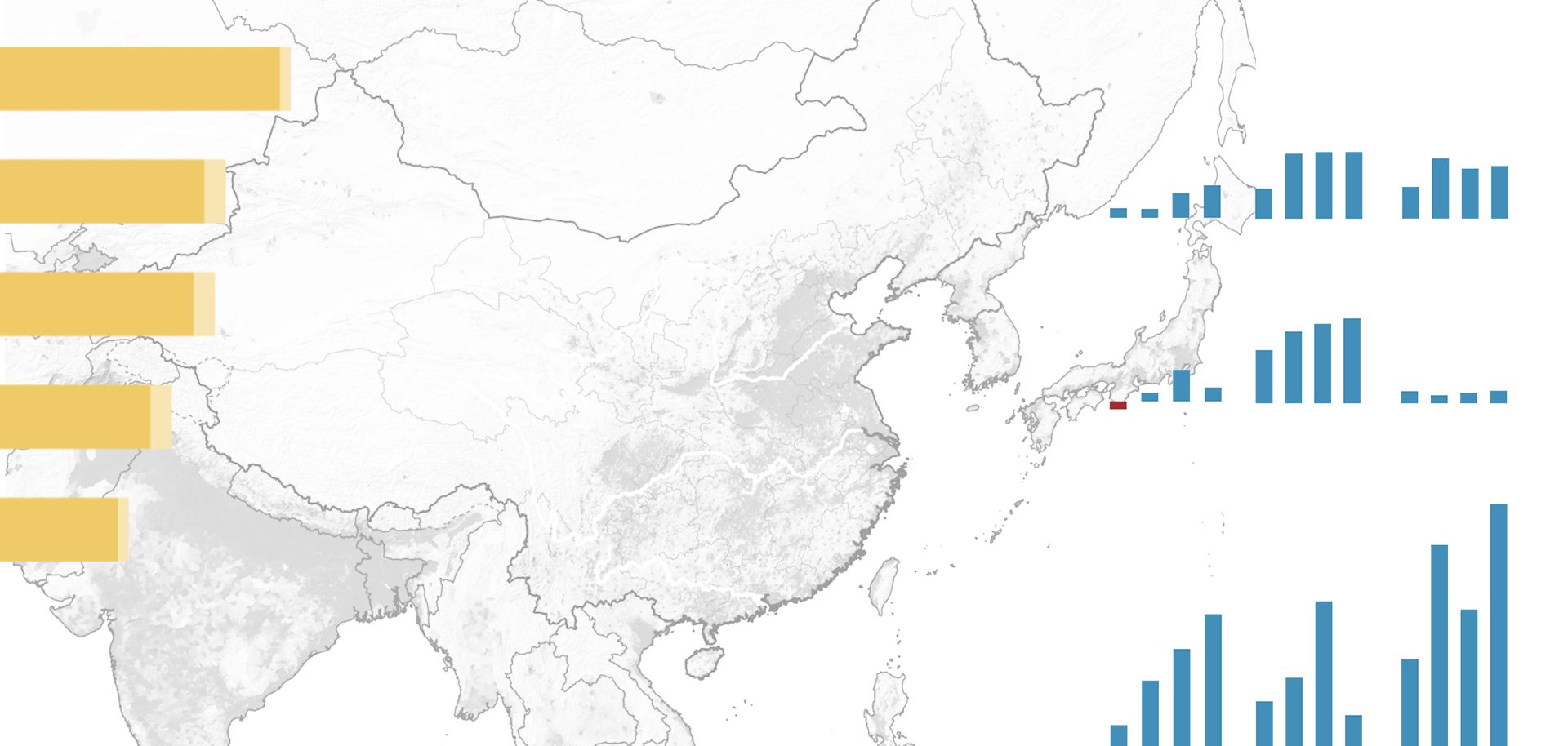
The growth of liquefied natural gas production in the United States is a charged political topic because of the standoff between Russia and the West. Russian energy giant Gazprom recently shrugged off the potential for U.S. LNG exports in European markets, noting that Russia can beat the United States on price. But given the number of natural gas projects under construction in North America, it is only a matter of time before the United States is influential in global markets.
In any attempt to undermine Russia's pipeline exports to Europe, the United States is at a disadvantage. Natural gas transportation by pipeline is significantly cheaper in most cases than building and employing expensive LNG port infrastructure. In terms of natural gas production and distribution, Russia's operating costs are low and their export infrastructure is already built. Some of Russia's most important markets, including those in Central Europe, already have spot prices around $6.60. Even now Russia's natural gas prices have not bottomed out, and prices at LNG hubs remain just as low.
While the United States does not threaten Russia's market share in Europe, the potential for exported U.S. LNG does improve Europe's leverage against Russia by providing an alternative source to draw from. Moreover, it helps create an LNG price ceiling when negotiating with Russia or other providers of natural gas. In time, the growth of North American LNG will force traditional import partners to undercut the price of new sources of natural gas.
The exact scale of U.S. LNG exports is unclear and largely dependent on price. Most likely exports will be in the order of 50 billion cubic meters, a sizable addition to the global LNG supply. In addition, between now and 2020, the United States and Australia alone could increase the global LNG supply by as much as 150 bcm; the market in 2013 was just 325 bcm. The Sabine Pass LNG facility will ramp up production later this year, but other facilities still under construction will not see first production until 2017 or 2018 at the earliest. Russia and other competitors still have a few years to secure markets and undermine potential LNG contracts by offering lower prices.



